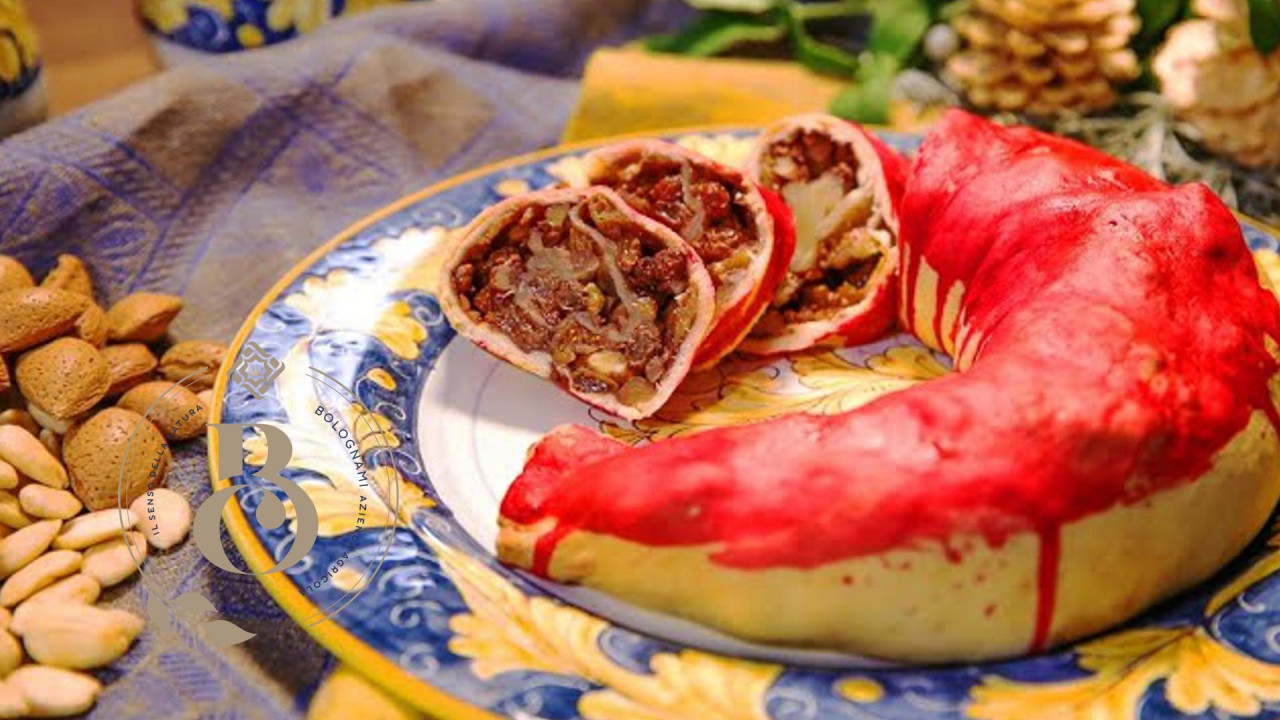
Rocciata Umbra
R
occiata Umbra is a typical dessert of our region, historically especially of the areas of Assisi, Foligno and Spoleto. Once upon a time it was a holiday dessert that was made from November until Carnival, today it is made all year round. It is made with simple, easily available ingredients, which, as always, must be of high quality to give the best to the recipe. Its spiral shape resembles that of a snake coiled up on itself, whose red color is given by Alkermes. Inside the pastry, a rich filling of cooked apples with walnuts, almonds, pine nuts, dried figs, sultanas and chocolate. Naturally, there is no shortage of variations based on the area and family traditions, which usually remain secret! This is Bolgnami's recipe, as it has always been made in our family
The Typical Sweet Rocciata of Umbria
La Rocciata is a typical dessert from Umbria, let's start with the origin of its name, which is not at all complicated to find. In fact, this dessert owes its name simply to the etymology of the word "arrocciata", later simplified to "rocciata", which in the Umbrian dialect means "round". As regards the historical origins, in this case they take us back to the Middle Ages when, tradition has it, the preparation was carried out from the beginning of November until December. Its fame grew over time, until it entered the homes of most Umbrians
Ingredients for preparing the rocciata
250 g of 00 flour
200 g Sugar
½ Glass of Ninfa D.O.P. Extra Virgin Olive Oil Umbria Bolognami
1 Pinch of Salt
1 Egg
3 Apples
10 Walnut Kernels
50 g of almonds
100 g of sultanas
40 g of dried figs
20 g of pine nuts
20 g of bitter cocoa powder
20 g of Dark Chocolate
Lemon peel
Alkermes to taste
1 teaspoon Cinnamon Queen Whole Bolognami
How to prepare Rocciata Umbra
Knead the flour with 100 g of sugar, a pinch of salt, the egg and the oil. Work the dough until it is soft and homogeneous, then roll out a sheet of dough and let it rest covered with a cotton cloth. In the meantime, place the peeled and diced apples in a pan, add the remaining sugar and cook, stirring often. During cooking, add the bitter cocoa, the grated lemon peel, a teaspoon of cinnamon and the chopped dark chocolate to the apples. Mix everything and then add the pine nuts, dried figs, raisins, very coarsely chopped walnut kernels and almonds. Once cooked, turn the pastry so that the cloth remains underneath and cover it with the prepared filling, leaving the edges free. At this point, roll the pastry on itself lengthwise, using the cloth, and close it well, giving it the typical twisted snake shape. All you have to do is brush the surface with Alkermes and bake in the oven for 40 minutes
The wine I recommend to enjoy with Rocciata
With such a typical and historical dessert of our Umbria I could not combine anything other than a wine with the same characteristics, I highly recommend the Montefalco Sagrantino Passito Perticaia which represents one of the best interpretations of a historical wine from the Montefalco area. Originally Sagrantino grapes were used only for the production of sweet wine, due to the presence of a sugar residue which contributed to softening the tannic roughness typical of the vine, traditionally drunk during religious ceremonies in the villages of the area. In addition to a tasty wine, in the glass we will also find a living tradition and stories of Umbrian life. The grapes are harvested by hand with sorting of the bunches, which usually takes place at the beginning of October. The bunches are dried naturally for about 45 days on mats, so that the grapes slowly dehydrate, concentrating the sugars and aromas. Maceration lasts 10 days on the skins with a fermentation temperature between 26°C and 28°C. The maturation takes place in French oak barriques for 12 months, a passage in steel for 12 months, before being bottled with a further refinement of 6 months before marketing. In the glass it has an intense ruby red color with garnet nuances. On the nose it expresses hints of ripe fruit with evident notes of jam, dried plum and cherry, all enriched by notes of vanilla, cinnamon and spices typical of the vine. In the mouth it is very broad, with great structure, with a long aromatic persistence and a typical tannic finish supported by a pleasant sweetness. It should be served at a temperature between 14 and 16 degrees


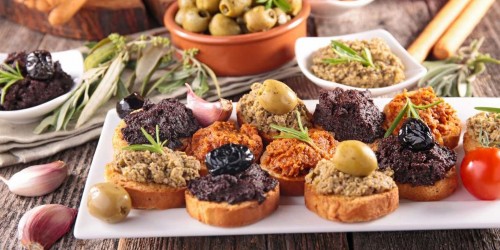










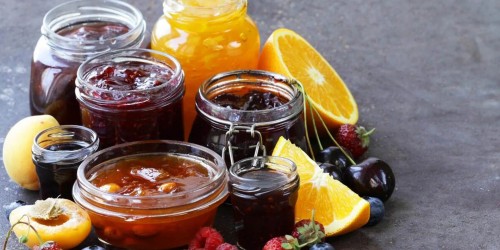




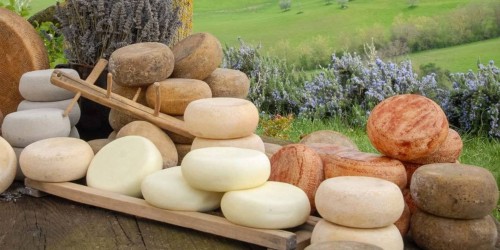
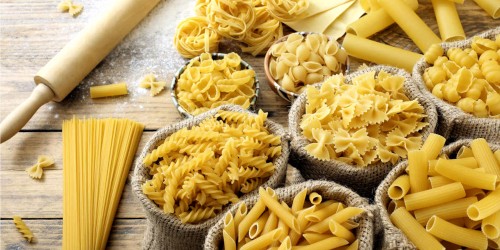


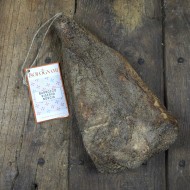
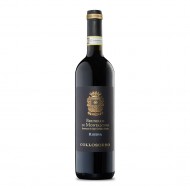
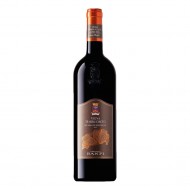
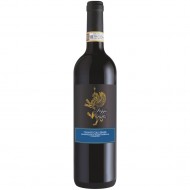

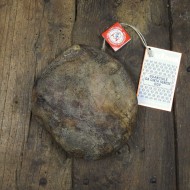
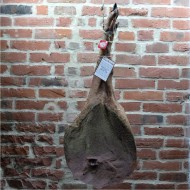


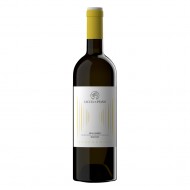

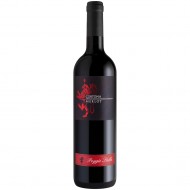



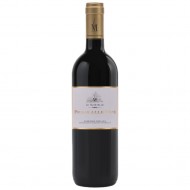



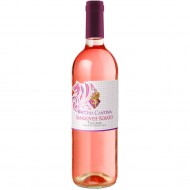





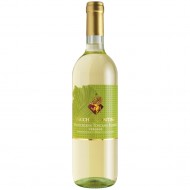










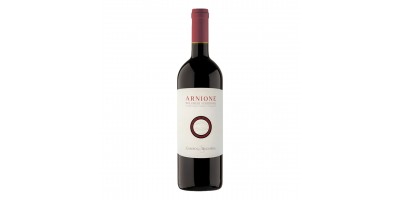
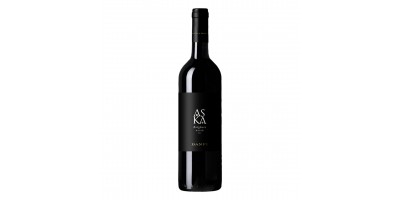
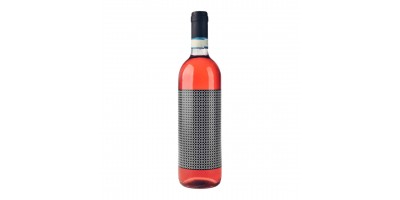
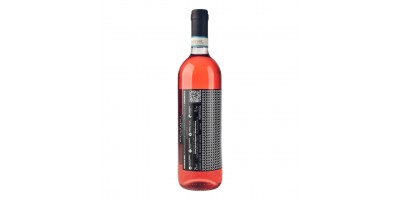
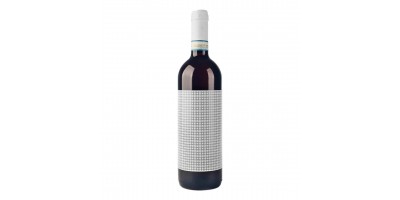






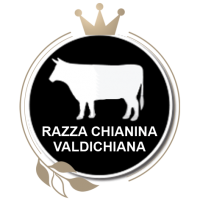
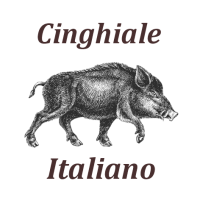

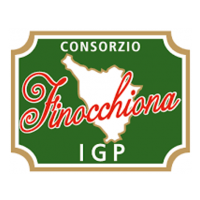





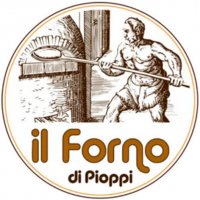











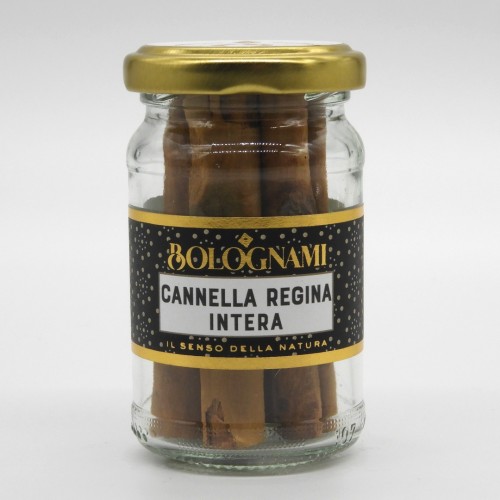
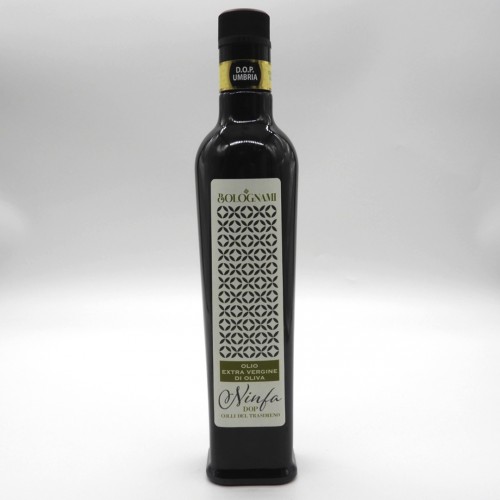
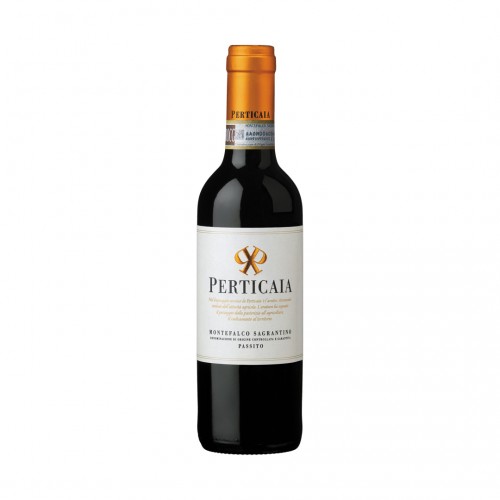
Leave a Comment